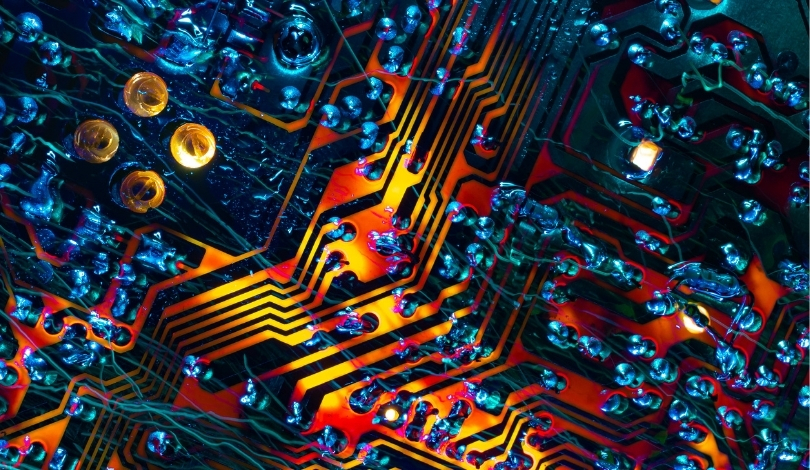The introduction of NVIDIA‘s RTX 5090 has garnered significant attention not only for its advanced graphical capabilities but also for its substantial power requirements. Early reports indicate that users may experience a notable increase in their electrical bills due to the card’s high energy consumption. This development has sparked a conversation among gamers and tech enthusiasts about the balance between performance and energy efficiency in modern hardware.
Is the RTX 5090’s Performance Worth the Energy Cost?
The RTX 5090 delivers unparalleled performance, making it a sought-after component for high-end gaming rigs and professional workstations. However, the trade-off comes in the form of increased electricity usage.
“While the RTX 5090 offers exceptional speed and rendering capabilities, users need to consider the long-term energy costs associated with its operation,”
commented a spokesperson from NVIDIA.
How Does the RTX 5090 Compare to Previous Models?
Compared to its predecessor, the RTX 5090 exhibits a significant jump in both performance and power consumption. Earlier models like the RTX 4080 were already noted for their high energy intake, but the RTX 5090 pushes these boundaries further. This escalation raises questions about the sustainability of continuous performance enhancements in future GPU generations.
What Are the Potential Solutions to Mitigate High Energy Usage?
To address the rising energy costs, users might explore various strategies such as optimizing power settings, upgrading to more efficient power supplies, or even considering alternative cooling solutions that can reduce overall energy consumption. Additionally, NVIDIA may look into refining the RTX 5090’s architecture in future iterations to enhance efficiency without compromising performance.
Feedback from the tech community suggests a growing concern over the environmental and financial impacts of high-performance GPUs. As the demand for more powerful hardware continues, manufacturers like NVIDIA face the challenge of innovating responsibly to meet user needs while promoting sustainability.
Balancing cutting-edge technology with energy efficiency is crucial for the future of consumer electronics. Users are advised to weigh the benefits of high performance against the potential increase in operational costs. Manufacturers, on the other hand, are encouraged to prioritize energy-efficient designs to cater to an increasingly eco-conscious market.










